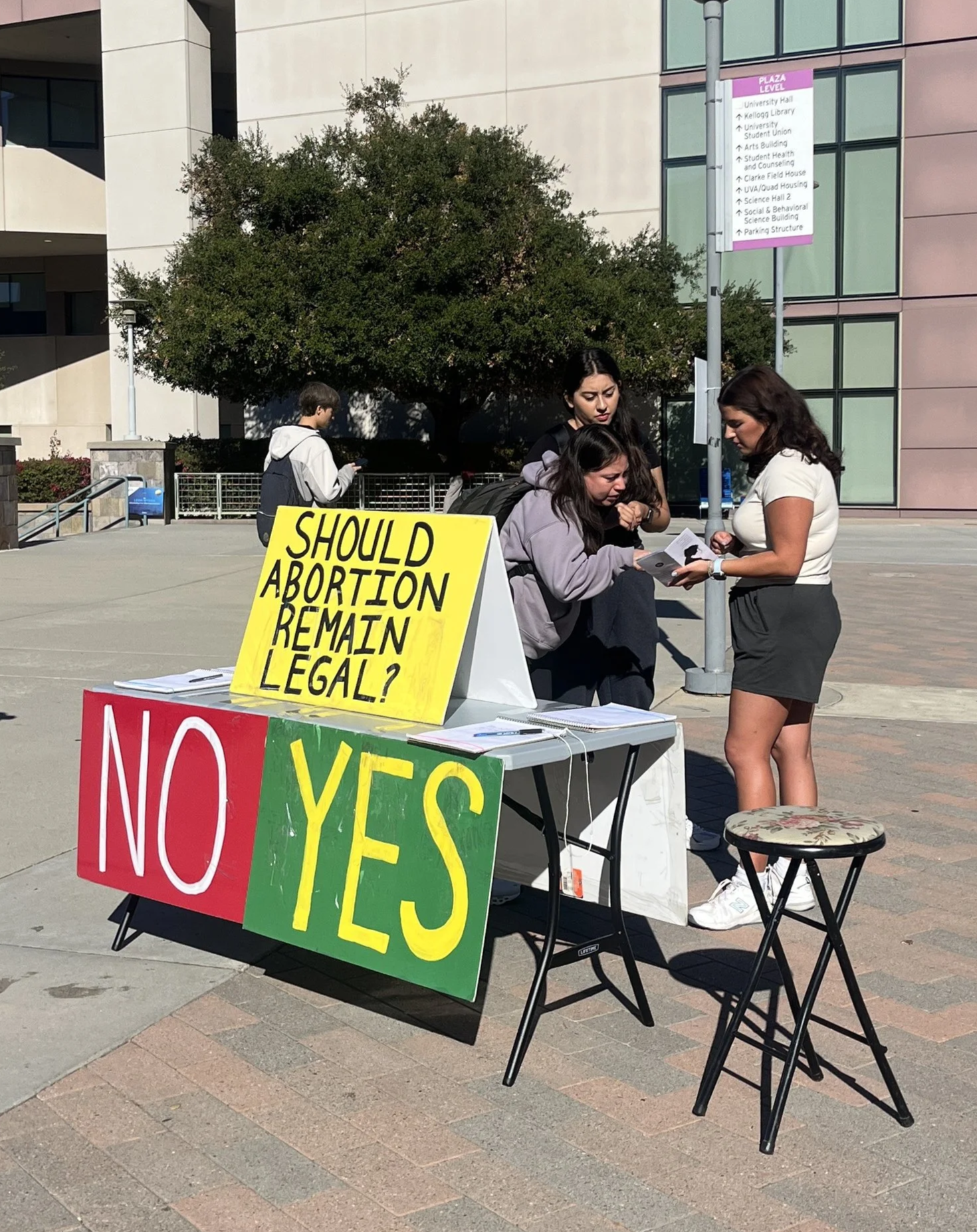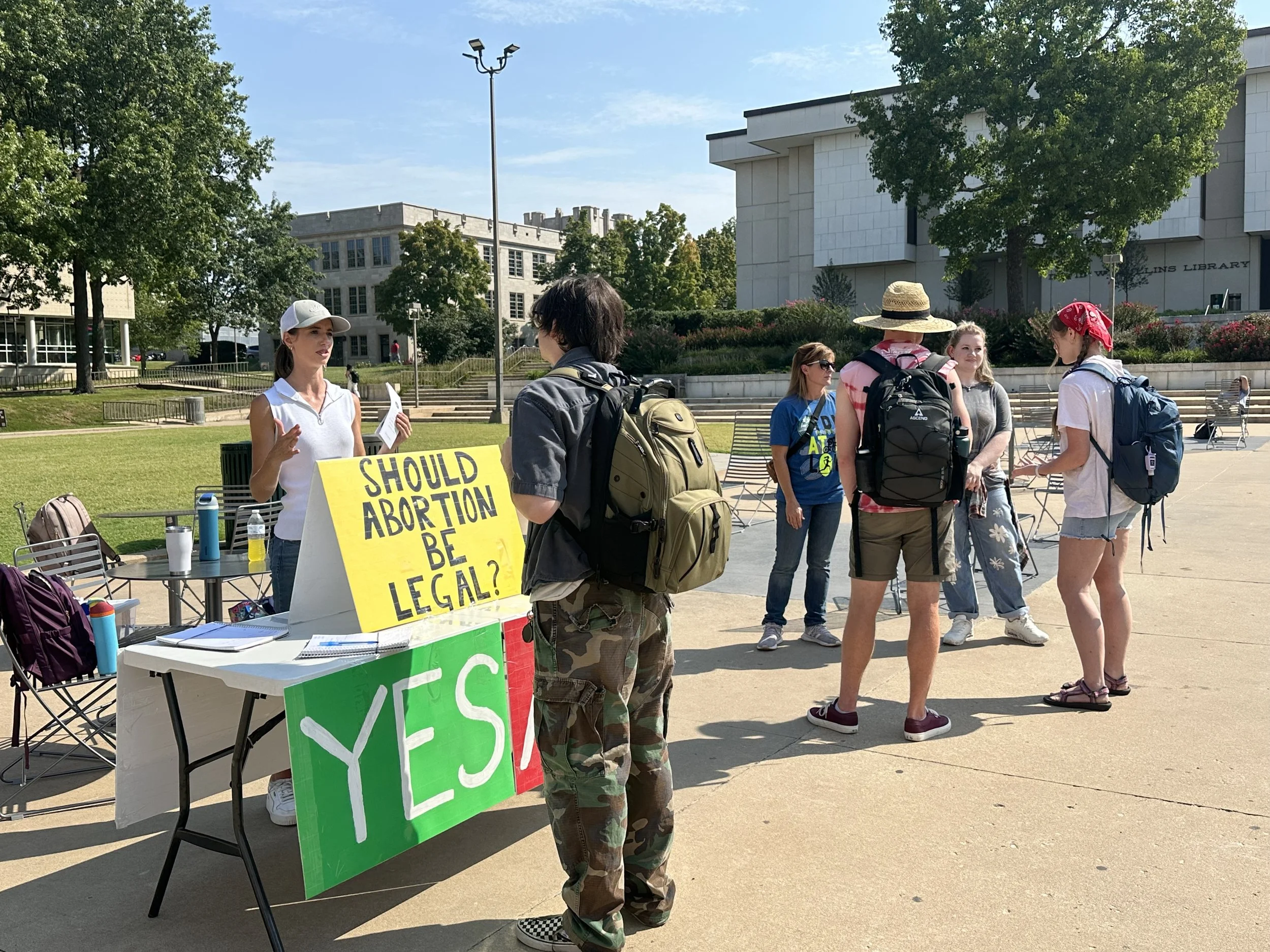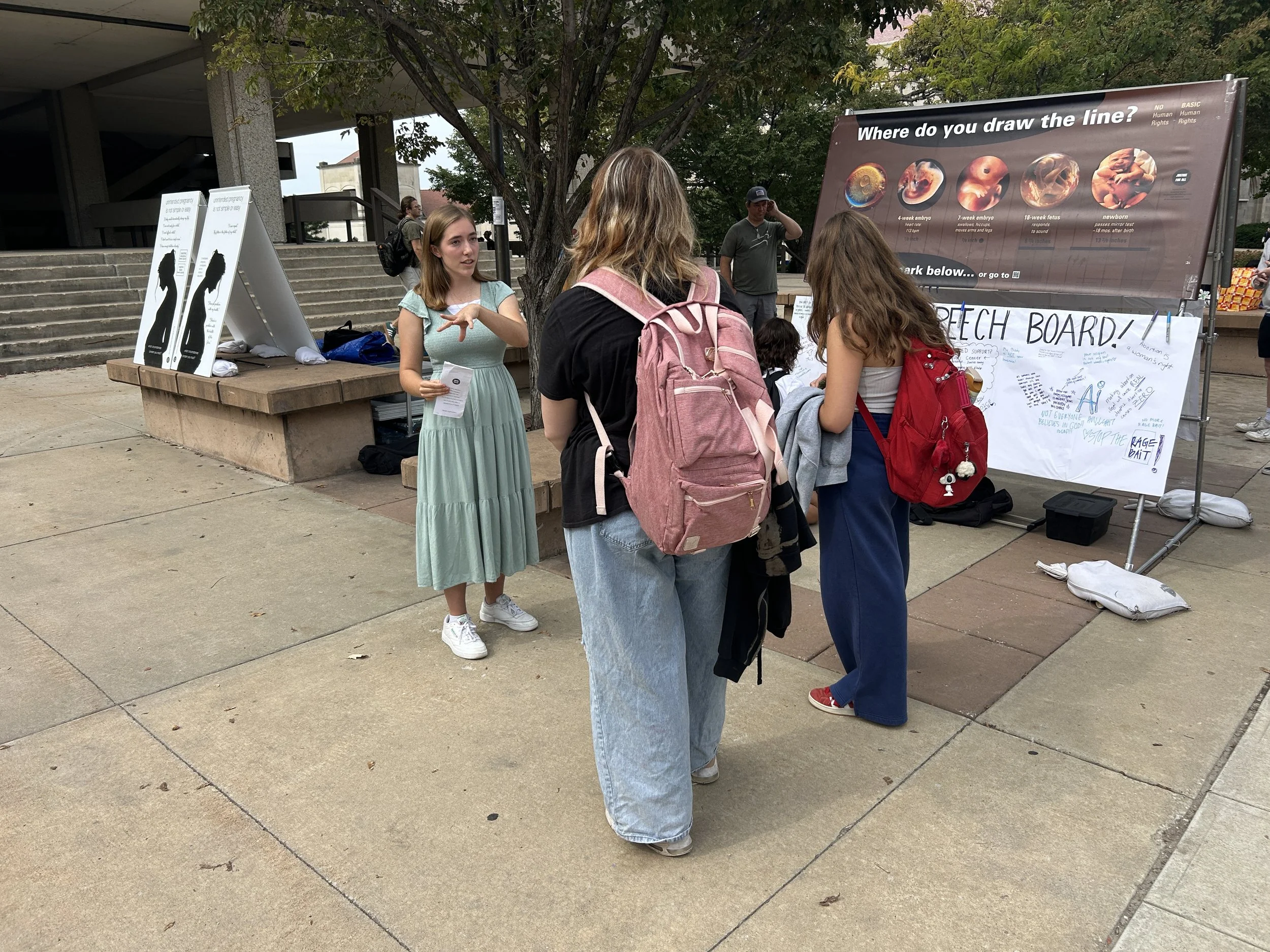But what is it? That’s the question that very rarely gets asked or answered.
I watched the portion of the debate between the vice presidential candidates that focused on abortion (pictured). That question kept ringing in my head, but it didn’t really get any time in the segment. True, JD Vance tried to get clarification on one “what is it?” question, related to the Minnesota abortion law: “What specifically does the Minnesota abortion law allow and not allow?” Indeed, it would have been nice to get a clear answer to that question. If we had, we’d have also gotten close to the edge of the question, “What is it?” related to abortion itself.
If the segment had led to the question, “What is abortion?” it would have been illuminating. Indeed, if we spent more time considering what abortion is itself, it would inevitably lead to the most important “What is it?” question: “What is the unborn?”
That question, “What is the unborn?” is the one that rings in my head throughout any exchange on abortion rights or women’s rights or bodily rights. It’s the first question we have to resolve in order to get any clarity about the others. True, the questions of a woman’s bodily rights or life-threatening pregnancy complications or what a just law would be on abortion are all important questions. But we can’t answer them without addressing this first central question: “But what is it?” Meaning, “What is the unborn?”
So, let’s say I’ve convinced you, and this question is now ringing in your head. Perhaps for you it’s even like a knee-jerk reaction every time the topic of abortion is discussed, as it is for me. But what do we do with this knee-jerk reaction? Do we insert that question robotically, as if it’s the first and only item on a meeting agenda? That won’t do. To win the right to bring clarity to the importance of this one question, our team has found that saying two other words many times and early in a conversation can sometimes make all the difference. What two words? “I agree.”
Find common ground about difficult circumstances confronting pregnant women. Find common ground about serious injustices violating a woman’s right to be free of sexual assault and other abuse. Find common ground about the difficulty confronting women who find themselves in a high-risk pregnancy situation.
We don’t only find common ground, though, and neglect to shed light on what is right and wrong about abortion. And that’s where our central question comes in: “But what is it? What is the unborn?”
So, here’s my suggestion: Remember the sentence, “I agree, but what is it?” Then use that as a structure for the conversation to remind you of these two important things to emphasize in the conversation. I’d spend a lot of time and energy on the first part, “I agree,” but I’d also work hard to not let the “but what is it?” question get lost.
So, when someone says, “women will die of pregnancy complications if abortion is illegal,” I’ll spend three to five minutes showing concern for those situations and agreeing that each woman is important in herself and not just as a talking point in a conversation. I’ll ask the other person if she agrees with what I’m saying. I’ll take time to discuss this. But then I’ll say, “It’s difficult to know which options to offer the woman, though, if I don’t even know how many people are in the hospital room with her. If the unborn is a human being, then that’s going to affect how we proceed in any life-threatening circumstance. Should she be able to get an abortion? Well, if the unborn is a human being, and abortion causes the death of that human being, then we would avoid abortion if at all possible in seeking to save her life.”
That’s the clarity that “but what is it?” brings to the conversation. I admit that it doesn’t answer all the questions about life-threatening circumstances. But it answers the first question, the central question that must be answered in order to make any progress on a solution.
So, the “what is the unborn?” question is like a gate on a roadway. You have to open the gate to pass.
Or, to put it in philosophical terms, it’s a necessary condition for getting to a practical solution. It’s not a sufficient condition - it’s not “all you need.” But it is a necessary condition - it’s “got to be there.”
Here’s another example: Walz emphasized in the debate that women need to control their bodies and make their own decisions.
I’m going to follow my strategy reminder I laid out in the sentence above: “I agree, but what is it?”
I’ll begin with three to five minutes of emphasizing how a woman’s right to be free from assault and other abuse is still important and still under grave attack all over the world. (I’m not talking here about how much time someone should spend on this in a debate, of course…I’m talking about the more common situation in which all of us find ourselves regularly, where the topic comes up and we have a choice of how to engage and for how long. In a formal debate, one could use the same strategy, but we would have to settle for putting it in soundbites.) I’ll emphasize my concern for safety of women and respect of women. At some point early in the conversation, though, I want to also make sure the unborn is not forgotten or invisible. I’ll ask some form of, “but what is it?” Is the unborn a human?
If we’re talking about whether a woman’s bodily rights entail killing the unborn through elective abortion, we’d better get an answer to the question, “What is the unborn?” I’m going to aim to spend an equal amount of time on this question, too: three to five minutes. (Again, in a formal debate we’d have to put these same ideas into soundbites.) I’ll aim to help the person with whom I’m speaking to see the unborn human with new clarity through images and arguments. (See the notes from session two and session three of our Love3 course for help on this.)
If the unborn is a real human being, as we can demonstrate that she is, then it doesn’t immediately tell us what to think about the right to abortion, but rather, it just clarifies that there are, in fact, two human beings in the picture, and each of these human beings, the woman and the unborn child, has an equal right to his or her body. Then we can move forward to consider whether the right to the body that the woman has means she can kill another human being located inside of her body, another human being who has a right to his body. In our work on bodily rights over many years, we’ve gone to great lengths to show that her right to her body does not entail the right to kill her unborn child. See our “It’s Her Body” series, which includes a 20-page response to the strongest version of the bodily rights argument for abortion.
So, remember this simple sentence to remind you of the strategy that will shed the most light in the least amount of time: “I agree, but what is it?” We find common ground because it’s true that the person is making good points, and it helps the person to want to hear the rest of our perspective. Then we move the conversation forward with some form of the question, “What is the unborn?” because that question is a necessary condition for answering the question, “Can I kill this?”
I’d like to mention that I owe this strategy to two of my mentors, Scott Klusendorf and Greg Koukl. I’ve probably heard both of these men say something very similar (or exactly similar) to the sentence, “I agree, but what is it?” many times in the past. I’ve been emphasizing it for the past 23 years. They’ve been emphasizing it even longer, since the late 1990s. For my part, I’ve been open to re-evaluating it or changing the emphasis or abandoning it. But it has stood the test of time and experience. Our team has tested this question, and the strategy I outline above, combining it with common ground, in thousands and thousands of conversations. It isn’t failsafe or foolproof. But it does bring the important first step of clarity to very complicated issues.
Without the question, “But what is it?” the conversation is mostly just slogans and noise. That’s not only a sad waste of time. It’s deadly, because the unborn child continues to be the last thing on everyone’s mind. Let’s change that. Let’s say, “I agree, but what is it?” and put the unborn back where they belong, right in the middle of the conversation about women’s rights and just laws.









